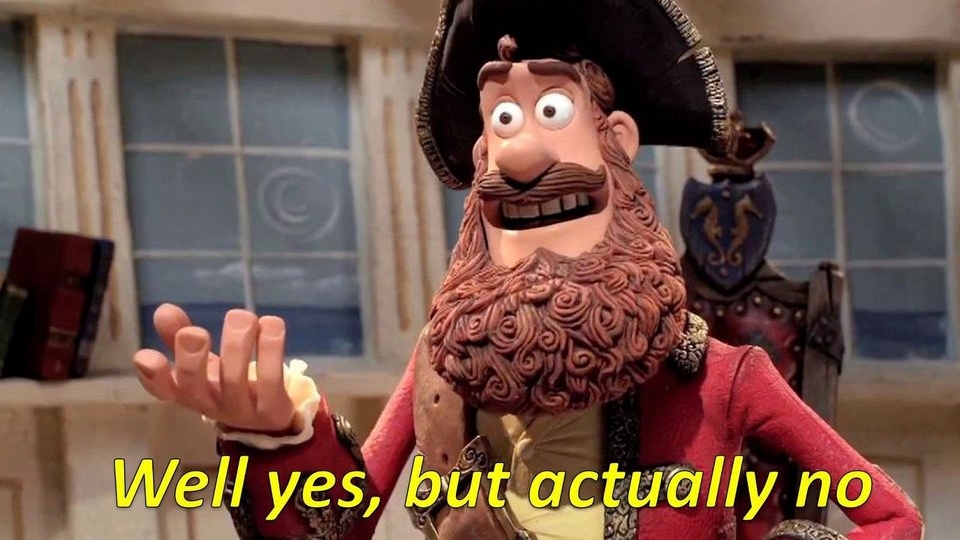From Memes to Memeing and Back Again
On social media, users reflect on the Corona pandemic with memes in many different ways to address the current crisis. Originally, memes themselves were described as viruses that spread from mind to mind or nowadays on the internet. Some suggest that memes have died of their own virality. This is at least what Gizmodo author Bryan Menegus claims, when he writes that “memes are dead.” In the same vein, Fernando Alfonso III argues that the phenomenon of the “Internet meme is dying, and Reddit is killing it”. Is the hype about internet memes and memeing over? Did memes become too ‘viral’? To quote a popular meme:

While the death of memes was lamented, Abby Ohlheiser from The Washington Post recited that 4chan “actually elected a meme as president.” This may be true from the perspective of 4chan’s controversial subculture. Donald Trump was not just the president of the United States for four years, but an internet icon of meme culture. From time to time, he even tweeted memes himself. More often, however, he got memed by users, who politically protested against his actions in this way.
Another indication that memes are not dead or dying is their popularity in times of Corona. Up until now, memes have never been more popular than in March 2020, when the pandemic started. This can be deduced from Google Trends for the search term “meme” in the period from 2004 to 2021.
Obviously, memes thrive like never before. However, memes from 2004 are not the same as memes in 2021. Of course, their content is constantly changing, but also their form is in a state of flux. Image macros, commonly associated with memes, are now an overused format, at least according to Alfonso: “They’ve been bled dry of all their novelty, and they’re just not funny or relevant anymore.” In subcultures like 4chan, where most memes are born, these images with Impact-style text superimposed on them are no longer used.
To rephrase Menegus’ claim: memes are not dead, but the media practices of meme culture are changing drastically. This is what Ryan Milner observes, when he argues that meme studies should refrain from constantly trying to determine what an internet meme is, and instead consider how internet memes are made, used and circulated. In other words, studying memes should be “[m]ore about memetics as a process than a meme as an object.”
Memetics as a term, however, is somewhat problematic for describing this change. First, memetics is actually the science of memes, which was institutionalized after Richard Dawkins coined the term in 1976. His idea was highly contested by humanities and social science as it proposed a biological model for theorizing culture. Second, memes are not necessarily the same thing as internet memes. While memes, as conceptualized by Dawkins, are viral ideas infecting the minds of others of their own volition, internet memes are digital artifacts that are designed by users through specific media practices. Third and last, memeing would be a better term to describe the media practice since it already “is an internet slang verb that means to create or spread a meme.” While memeing actually is practiced in meme culture by users, neither Dawkins nor memetics might mean anything to these users.
To change the perspective from memes to memeing is not easy to accomplish methodically. Classic ethnographic research can hit the wall here, because to observe or even to interview users who are creating and circulating internet memes is hardly feasible. Who created an internet meme is often obscured by circulation, which renders the user anonymous. If the original poster is actually found, there is a great chance he is trolling, i.e. lying about or at least mystifying his practices.
In the wake of the project Pictorial Picture Critique in Social Media, I would like to propose a different approach for studying memeing. This new method, which we call picture practice analysis, is designed to reconstruct practices through digital pictures like internet memes themselves, which implicate knowledge about their own mediality because they are formed by media practice. Following Gilbert Ryle (1946), this kind of media knowledge can be differentiated in knowing that (for example an internet meme is referencing something from pop culture or from another internet meme) and knowing how (for example to create and circulate an internet meme in social media).
This new method is particularly fruitful for analyzing what W. J. T. Mitchell calls “metapictures”, i.e. pictures about pictures. Most internet memes are, in fact, digital pictures about other pictures. However, there are internet memes, which are not just about other pictures, but about internet memes themselves. Examples of such meme genres are Anti-Memes, Bone Aching Juice and Speed of Lobsters.
These three meme genres are closely related, as illustrated by the “guide” above. Each meme genre follows its own rules and has its own practices. Anti-Memes are memes that users create by taking the meaning of the template literally. That there is no joke is the joke of an anti-meme. Bone Aching Juice or Bone Hurting Juice are memes that users reinterpret by purposely changing the meaning of well-established templates. The joke is a contrast between the traditional and the new meaning. Speed of Lobsters are memes that users produce by systematically blinding out the template’s text. The letters that remain will spell out a new meaning and thus make up a new joke. The practices and rules of these three meme genres may be very close to each other. Nevertheless, users stress to differentiate between them in order to maintain meme culture.
These examples demonstrate that knowledge about memes is implicated and explicated in memes. Not just guides, but almost all memes reflect on the practices they are made of. Consequently, studying memeing can be achieved by analyzing memes because users encode their practices in memes. This also applies to practicing memeing, since to create and circulate a meme naturally means to look at and imitate other memes. Each meme eventually is a guide to the media practice of memeing.

Schreibe einen Kommentar
Du musst angemeldet sein, um einen Kommentar abzugeben.